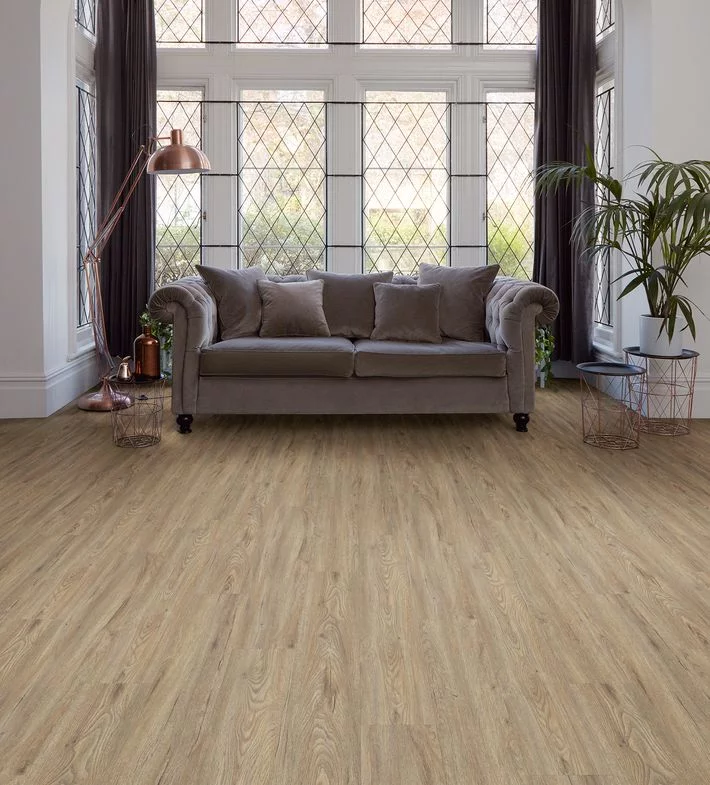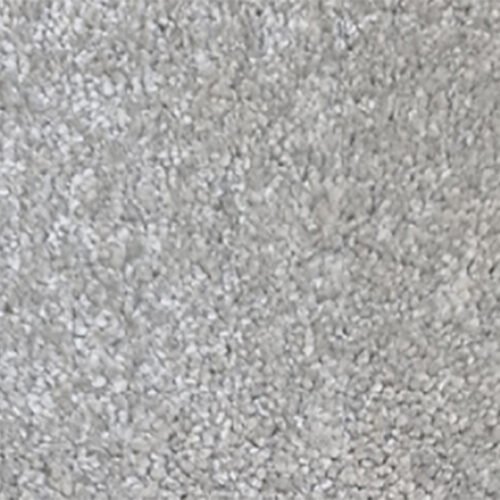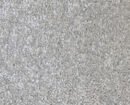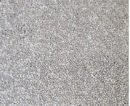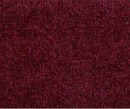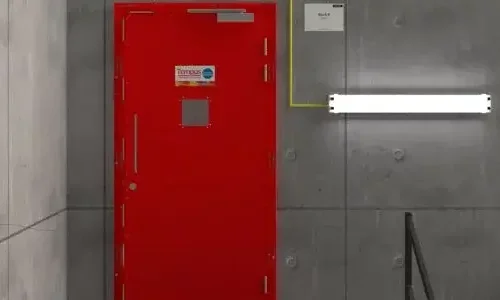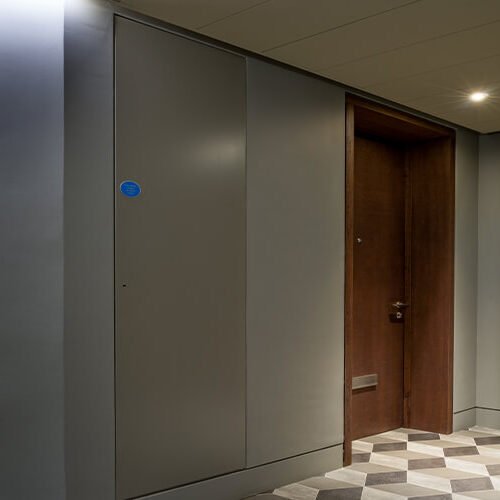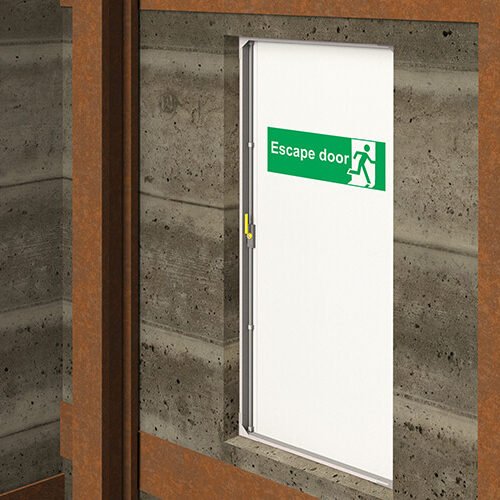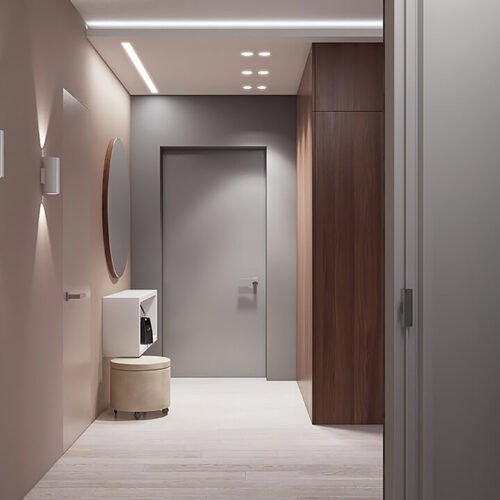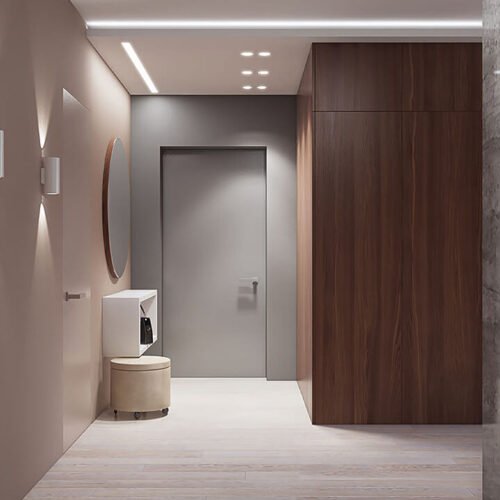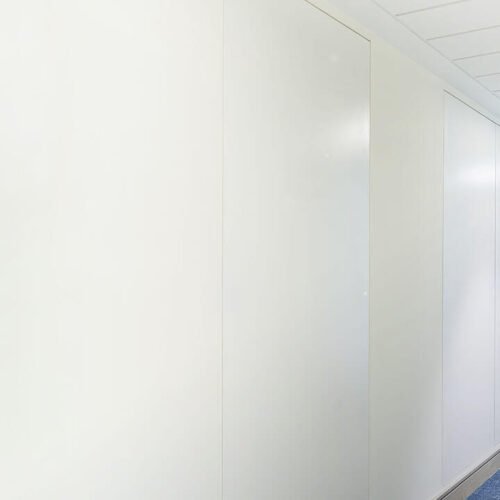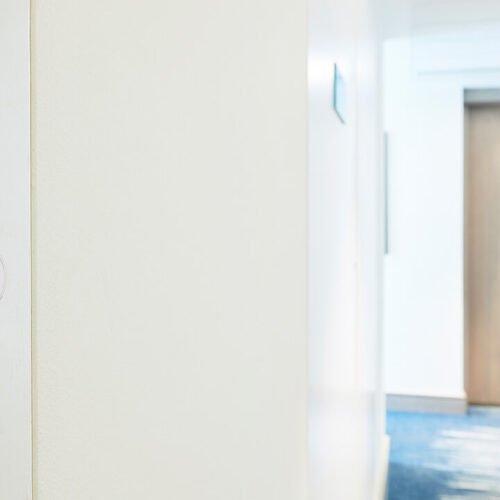Underfloor heating not only provides comfort to a home but also helps distribute heat more efficiently. However, to ensure the system works optimally, it’s very important to choose the right flooring material. An unsuitable choice can reduce heating efficiency and even damage the floor.
Why is flooring so important?
Heat from the floor must reach the room without significant losses. If the floor material poorly conducts heat, thermal energy will remain trapped beneath the surface. An improper floor covering can slow heating response time, increase energy consumption, and cause material deformation.
Most popular floor types for underfloor heating
Tiles and stone. “Ceramic – the queen of underfloor heating.” They conduct heat excellently and are resistant to moisture and wear. However, they can feel cool without heating, making them less suitable for unused areas.
Laminate. A good balance of price and quality, easy to install with a “click” system, but it’s important to choose laminate designed specifically for heated floors.
Engineered wood flooring. Natural wood look, stable multi-layered base, but should not be thicker than 14–15 mm to maintain good heat conductivity.
Vinyl flooring (LVT). Highly resistant to moisture, excellent heat conductivity, and available in a wide variety of designs.
Flooring comparison
Tiles and stone have the highest thermal conductivity and moisture resistance, with medium installation complexity. Laminate has medium heat conductivity, lower moisture resistance, but is easy to install. Engineered wood flooring has similar heat conductivity to laminate, medium moisture resistance, and medium installation difficulty. Vinyl (LVT) has very good heat conductivity, high moisture resistance, and is easy to install.
Tips for choosing
Choose floor coverings with good thermal conductivity (low thermal resistance coefficient). Avoid thick carpets or cork coverings. If you choose wood, make sure it has a stable structure.
Summary
Heated floors can be both warm and beautiful if you choose the right covering. Tiles and vinyl offer the best heat conductivity, while engineered wood provides a natural feel. Laminate is practical but requires selecting the correct type.

